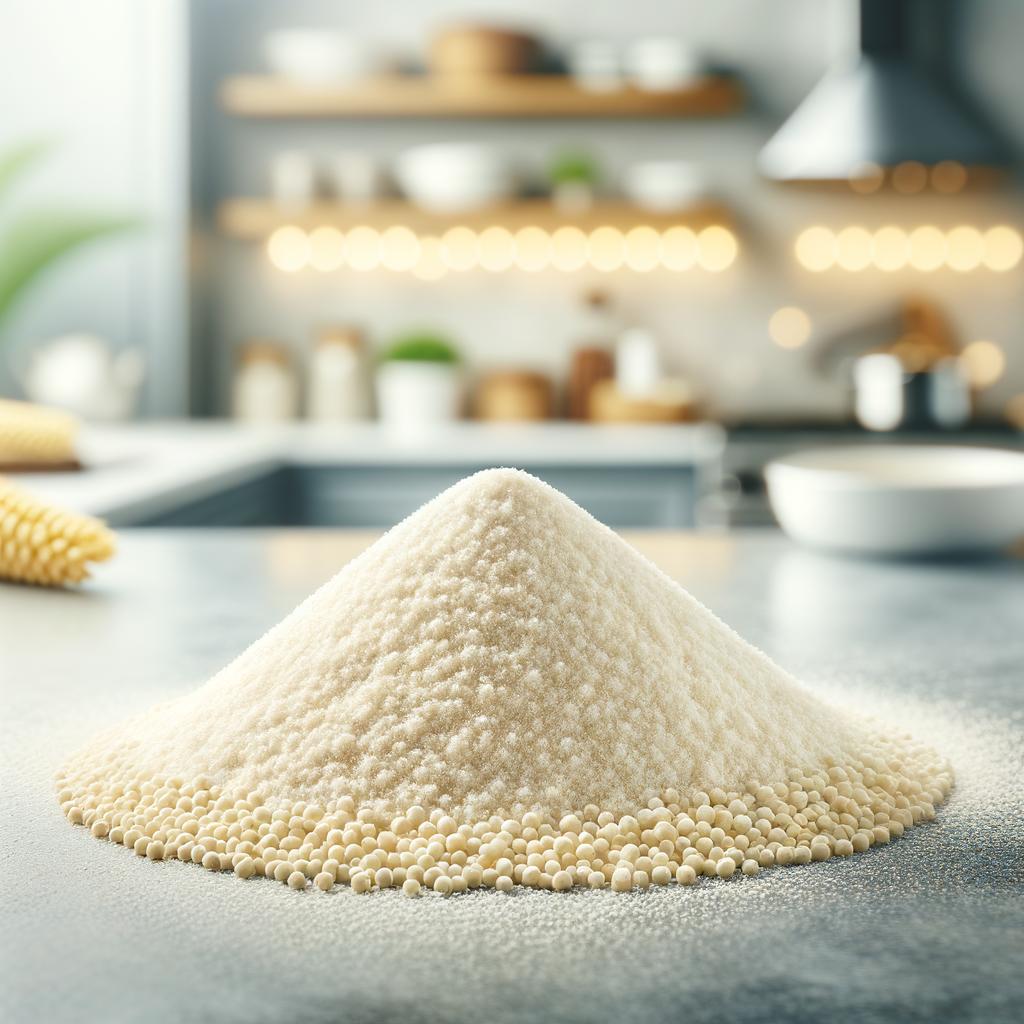Millet Flour

Description Millet flour, a golden-hued grain, is a staple in many parts of the world, particularly in Asia and Africa. It has a light, slightly sweet, and nutty flavor, with a texture that is both smooth and finely granulated. What sets millet flour apart from other flours is its gluten-free nature, making it an excellent choice for those with dietary restrictions. Its versatility in cooking and baking is another unique characteristic that makes it an invaluable ingredient in many kitchens.
Primary Uses Millet flour is a versatile ingredient used in a variety of culinary applications. It's commonly used to make flatbreads, pancakes, and muffins, providing a unique flavor and texture that's unlike any other grain. It's a key component in many traditional African and Asian dishes, such as the Indian roti and the Ethiopian injera. Beyond its culinary uses, millet flour is also used in traditional medicines in some cultures, particularly for its digestive benefits.
History The history of millet flour is as rich and varied as its uses. Millet is believed to have been cultivated in East Asia as early as 10,000 years ago, making it one of the oldest cultivated grains. It was a staple food in ancient civilizations, including those in China and India, and was even mentioned in the Old Testament of the Bible. Over time, its use spread to Africa and Europe, and eventually to the Americas. There are many myths and stories associated with millet. In China, it is associated with longevity and health, while in Africa, it is often used in rituals and ceremonies.
Nutritional Information Millet flour is a nutritional powerhouse. It is rich in fiber, protein, and a variety of essential minerals including magnesium, phosphorus, and iron. It also contains B vitamins, which are important for energy production. Its high fiber content aids in digestion and promotes a feeling of fullness, making it a good choice for those trying to manage their weight. As a gluten-free grain, it is a great alternative for people with celiac disease or gluten sensitivity. Compared to wheat flour, millet flour has a lower glycemic index, making it a healthier choice for those with diabetes.

